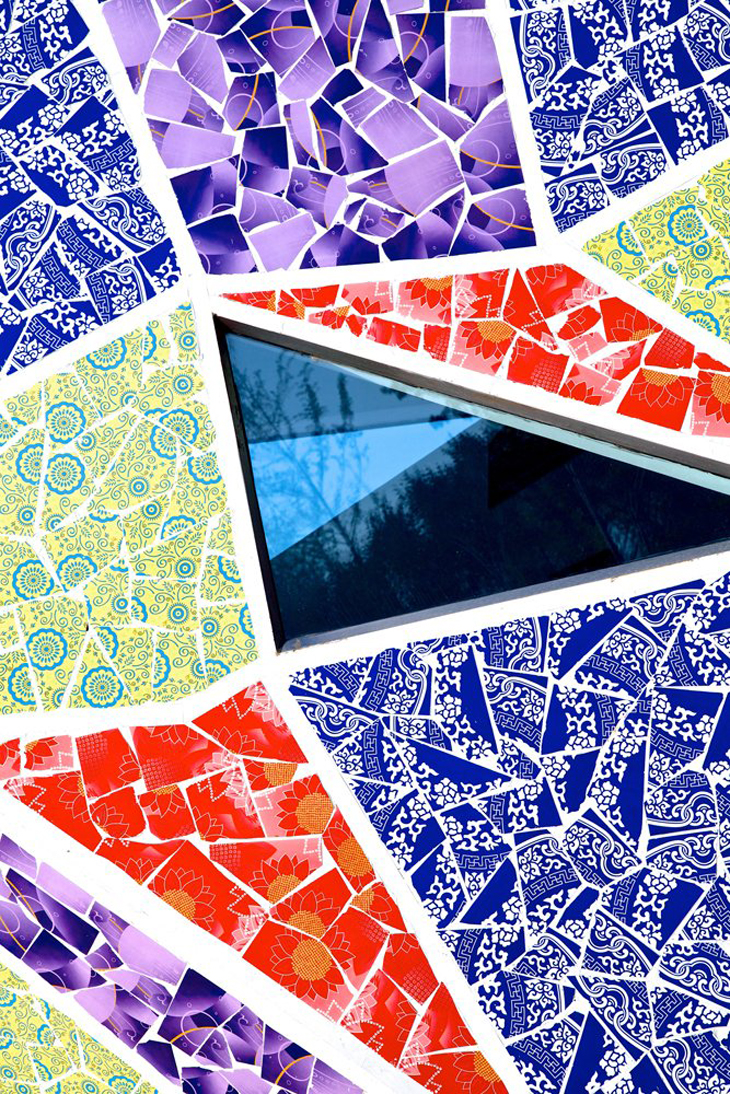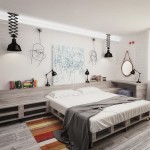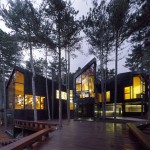
Colorful project design of Ceramic Museum in Jinzhou, China, comes from the drawing board of Casanova + Hernandez Architects. For more images and architects' description continue after the jump:













From the Architects:
The urban extension of Jinzhou, a city of three million inhabitants located less than 500 kilometres north-east of Beijing, has been articulated by the creation of a new large public park of 176 Ha in an area reclaimed from the sea. During a first phase, the park hosts the 2013 Jinzhou World Landscape Art Exposition and once the Expo is closed, the area will become the central park of a new urban development.
20 international designers have been commissioned to design 20 projects within a comparable circular perimeter in different locations of the park linking the program and the identity of the designs to the cultural background of the designers. The design of the Expo is based on the paradox that globalization, although it has typically been associated with the destruction of local cultural identity, may also be able to generate some kind of identity. The Mosaic Park project goes beyond that and aims to create a link between citizens and the place, giving a wider meaning to the site.
The project experiments with the concept of cultural hybridization, which is a phenomenon developed during many centuries of commercial and cultural exchange between West and East.
On the one hand, the use of broken local ceramic pieces of different colours for the materialization of the pavement and benches of the park and for the facades of the museum evokes the mosaic tradition that was widespread throughout Europe by the Roman Empire and that has evolved along history till the present day bringing technical solutions such as the trecandís technique used by the Catalan modernist architects. On the other hand, the geometry of the park is inspired by the crackled glaze of the Chinese porcelain developed from the 10th century during the Song Dynasty in the Ru Ware and Ge Ware ceramic pieces. The Mosaic park and the Ceramic Museum remind citizens that the Jinzhou region was once a production area of ceramic and porcelain, although this tradition was lost for centuries, being nowadays forgotten.
Project: Ceramic Museum
Designed by Casanova + Hernandez Architects
Location: Jinzhou, China
Website: www.casanova-hernandez.com



